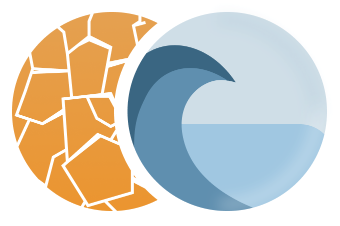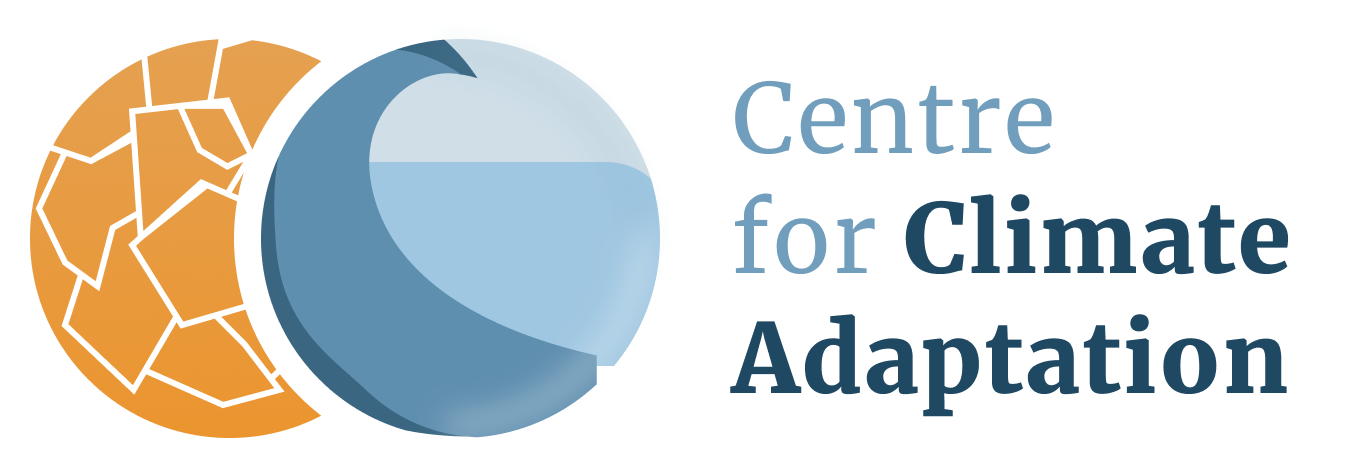Ireland
Energy
Benefits Ireland
The main influence of a warming climate will be reflected in a decrease in energy requirements for commercial and domestic heating in Ireland. Model results (A1B and A2 emission scenarios) suggest major savings in winter and spring heating energy of 5–10% for the period 2021–2060 and 14–20% for 2061–2100 compared to the period 1961–2000. For summer and autumn, relative changes are even larger, although changes in absolute values are comparable (16).
Vulnerabilities Ireland
The existing energy infrastructure is at significant risk from climate change (13):
- Many of the island’s power stations and oil refinery and storage facilities are located on the coast, and therefore vulnerable to rising sea levels, storm surges and higher waves.
- Critical infrastructure across the island, including power stations, sub-stations, gas installations and oil terminals, and below-ground facilities such as cable tunnels and basements, are at increasing risk of flooding.
- Extreme floods will affect dam safety and operating procedures for hydro power stations.
- Higher winter flows and summer shortages could reduce the availability of hydropower and render it less efficient.
- Strong winter wind speeds could benefit wind power generation, but summer reductions would have the opposite effect. Turbines could also be turned off more frequently to prevent damage during extreme weather, again reducing availability.
- Extreme winds could damage overhead power lines.
- Demand for electricity could rise dramatically during heatwaves to power air conditioning systems, and during droughts to pump water for water supplies, waste water systems and irrigation for agriculture.
- The ‘water–energy nexus’ – the interdependence between energy for water and waste water, and water for energy – will become increasingly complex.
Opportunities Ireland
Wind power
Wind share of total electricity consumption in Ireland was 10.1% by the end of 2010. Overall in the EU, in a normal wind year, installed wind capacity at the end of 2010 meets 5.3% of the EU’s electricity needs (11).
Ocean energy
Ireland aims to become a world leader in the harnessing of ocean energy (10).
Vulnerabilities Europe
Supply
The current key renewable energy sources in Europe are hydropower (19.8% of electricity generated) and wind. By the 2070s, hydropower potential for the whole of Europe is expected to decline by 6%, translated into a 20 to 50% decrease around the Mediterranean, a 15 to 30% increase in northern and eastern Europe and a stable hydropower pattern for western and central Europe (1,3,4). In areas with increased precipitation and runoff, dam safety may become a problem due to more frequent and intensive flooding events (5).
It has become apparent during recent heat waves and drought periods that electricity generation in thermal power plants may be affected by increases in water temperature and water scarcity. In the case of higher water temperatures the discharge of warm cooling water into the river may be restricted if limit values for temperature are exceeded. Electricity production has already had to be reduced in various locations in Europe during very warm summers (e.g. 2003, 2005 and 2006) (5,8).
Extreme heat waves can pose a serious threat to uninterrupted electricity supplies, mainly because cooling air may be too warm and cooling water may be both scarce and too warm (9).
Climate change will impact thermoelectric power production in Europe through a combination of increased water temperatures and reduced river flow, especially during summer. In particular, thermoelectric power plants in southern and south-eastern Europe will be affected by climate change. Using a physically based hydrological and water temperature modelling framework in combination with an electricity production model, a summer average decrease in capacity of power plants of 6.3–19% in Europe was shown for 2031–2060 compared with 1971-2000, depending on cooling system type and climate scenario (SRES B1 and A2) (15).
Overall, a decrease in low flows (10th percentile of daily distribution) for Europe (except Scandinavia) is projected with an average decrease of 13-15% for 2031–2060 and 16-23% for 2071-2100,compared with 1971-2000. Increases in mean summer (21 June - 20 September) water temperatures are projected of 0.8-1.0°C for 2031–2060 and 1.4-2.3°C for 2071-2100, compared with 1971-2000. Projected water temperature increases are highest in the south-western and south-eastern parts of Europe (15).
By the 22nd century, land area devoted to biofuels may increase by a factor of two to three in all parts of Europe (2).
Demand
It may become more challenging to meet energy demands during peak times due to more frequent heat waves and drought conditions (1). Strong distributional patterns are expected across Europe — with rising cooling (electricity) demand in summer in southern Europe, compared with reduced heating (energy) demand in winter in northern Europe (7).
Climate change impacts on electricity markets in Western Europe
The expected climate changes in the 21st century are likely to have a small impact on electricity prices and production for the energy markets of Western Europe. This has been estimated by modelling three climatic effects (14):
- changes in demand for electricity due to changes in the need for heating and cooling,
- changes in supply of hydropower due to changes in precipitation and temperature, and
- changes in thermal power supply due to warmer cooling water and therefore lower plant efficiency.
According to the model results each of these three partial effects changes the average electricity producer price by less than 2%, while the net effect is an increase in the average producer price of only 1%. Similarly, the partial effects on total electricity production are small, and the net effect is a decrease of 4%.
The greatest effects of climate change are found for those Nordic countries with a large market share for reservoir hydro. In these countries total annual production increases by 8%, reflecting an expected increase in inflow of water. A substantial part of the increase in Nordic production is exported; climate change doubles net exports of electricity from the Nordic countries, while the optimal reservoir capacity is radically reduced (14).
Adaptation strategies Ireland
Stop using peat for energy
In Ireland, peat has been used for centuries to warm homes and fire whiskey distilleries. Peat power peaked in the 1960s, providing 40% of Ireland’s electricity. But peat is particularly polluting. Burning it for electricity emits more carbon dioxide than coal, and nearly twice as much as natural gas. In 2016, peat generated nearly 8% of Ireland’s electricity, but was responsible for 20% of that sector’s carbon emissions. In order to lower its carbon emissions, Ireland intends tocut its peat supply for electricity by a third by 2020 and end it completely by 2027 (17).
Cooling systems
Decreases in water withdrawal for electricity production are likely. Many older power stations rely on once-through cooling systems, and newer plants are expected to replace many of these over the next thirty years. The newer plants usually operate with tower cooling systems, which should result in substantial reductions, of 50% or more, in water withdrawal, despite an expected near doubling of thermal electricity production in Europe between 1990 and 2030 (12).
Review water impoundment standards
Safety standards for water impoundment should be reviewed by the owners, and operating and maintenance procedures amended taking account of climate change scenarios. The Republic of Ireland should enact legislation to manage the safety of significant impounded bodies of water (13).
Review wave energy issues
Wave and tidal power plants are vulnerable to sea level rises and especially to storm surges and higher waves. When planning and designing plant, owners and promoters of wave and tidal plants should take into account climate change scenarios communicated by the lead agency in the relevant jurisdiction (13).
Implement coastal protection measures
Coastal protection measures should be implemented for oil refinery and storage installations, gas and other pipelines, power generating stations, and electricity substations (13).
References
The references below are cited in full in a separate map 'References'. Please click here if you are looking for the full references for Ireland.
- Lehner et al. (2005), in: Alcamo et al. (2007)
- Metzger et al. (2004), in: Alcamo et al. (2007)
- Kirkinen et al. (2005), in: Anderson (ed.) (2007)
- Veijalainen and Vehviläinen (2006); Andréasson et al. (2006), in: Anderson (ed.) (2007)
- Anderson (ed.) (2007)
- Rothstein et al. (2006), in: Anderson (ed.) (2007)
- Alcamo et al., 2007
- EEA, JRC and WHO (2008)
- Behrens et al. (2010)
- Department of the Environment, Heritage and Local Government (2007)
- European Wind Energy Association (2011)
- EEA (2005), in: European Commission (DG Environment) (2007)
- Irish Academy of Engineering (2009)
- Golombek et al. (2012)
- Van Vliet et al. (2012)
- Semmler et al. (2010)
- Toner (2018)




